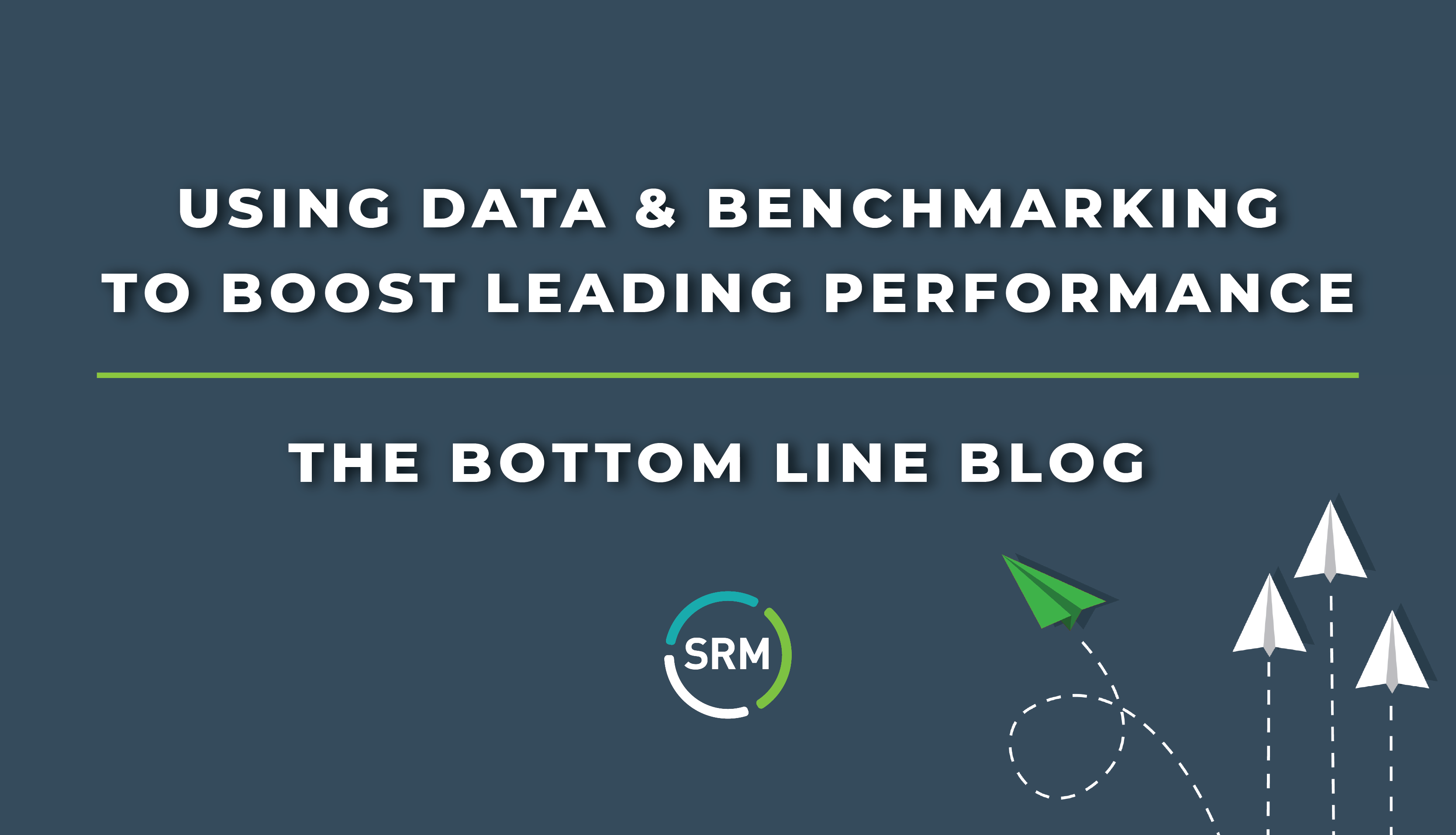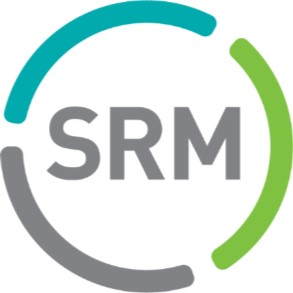
Bankers may need little convincing to see that we’re dealing with highly unusual market conditions, but the data certainly helps put the situation into perspective.
In 2020, the number of new checking households dropped by half compared to a typical year of account openings, however the average checking account balance grew by an astonishing $1,833. Indeed, many experienced a meaningful increase in liquidity, though not all higher checking balances reflect greater wealth. There have been unusually high shifts of expiring CD balances to more liquid savings vehicles, as well as an influx of government economic relief funds. On the other hand, fewer are opening new accounts. This could have dire consequences for individual institutions if it becomes a long-term trend since household growth is the lifeblood of community financial institutions (FIs).
With fewer new households in play, retention and wallet share expansion of existing account holders is more vital than ever. Proactive communication is the best retention and cross-sell tool, and data-driven digital outreach is paramount in an era of diminishing branch-based customer interactions.
Fortunately for bank and credit union leadership, FIs are uniquely positioned to leverage the kind of data that accurately identifies the relative capacity and propensity of customers to expand relationships into a range of financial need categories. To do this quickly and effectively, SRM’s experts recommend accessing specialized expertise and proven benchmark analysis to do the “heavy lifting.”
The Future is More Digital - Are You Ready?
As noted in a previous post, customer migration to digital channels was already well underway, but the pandemic has pushed adoption timelines forward by many months - or even years. Some of this was involuntary; many customers and members had no other choice than to bank digitally since branches were closed. Nonetheless, most of these new digital users are likely to retain some – or all – of their newfound digital habits.
As one banker recently told us, “Our real competition is Amazon.” Even for FIs, the eCommerce giant effectively sets market expectations for the consumer experience.
FIs’ ability to service existing customers digitally has proven mostly satisfactory, though ongoing enhancements are required to avoid falling behind both FIs and non-traditional competitors leading in the space. The analogy has its limits, though. Thanks to regulation, we’re unlikely to see one-click loan origination anytime soon – even if it might only be “one-click” away.
Benchmarks for the Loan Equation
As any seasoned banker will tell you, the secret to successful lending is the ability to match creditworthiness with the need for credit (intersecting capacity and propensity). It sounds simple enough, but most institutions still lean on the blunt instrument of rate pricing rather than the propensity to buy factors in marketing loans. By definition, this eats into net interest margins compared with a strategic approach to data-driven targeting.
FIs have seen a dramatic influx of deposits from government stimulus funds, yet most are struggling to put those deposits to use in the form of loan growth. With average checking balances at such high levels, do these account holders even need loans?
The short answer is, with the proper targeting, yes.
A great example of bringing capacity and propensity data together is to consider High Deposit Checking Households. Deposit levels can very accurately predict credit capacity, while an active transactional relationship corresponds with the institution’s propensity to buy. Benchmarking these statistics for your institution yields the ability to quantify growth opportunities in defined time windows. Similar analyses can reveal more opportunities across other key categories. SRM accomplishes this by drawing from a constantly updated national normative database built on more than 8 billion data points and backed by decades of history. Once established, targeted outreach programs can capitalize on identified opportunities by digital and more traditional means.
The Bottom Line
Banks and credit unions have experienced an unprecedented influx of deposits over the past year, and are, at the same time, challenged to efficiently put these funds to use through lending in a low-interest environment. By deploying benchmark analysis in combination with targeted marketing programs, FIs can leverage both in-house and industry data to address this need.
SRM has prepared this 20-minute video for a quick overview of how our analysts help bank and credit union clients overcome the odds. We also discuss how we concretely document the results.
For more about SRM Boost, visit this link.



